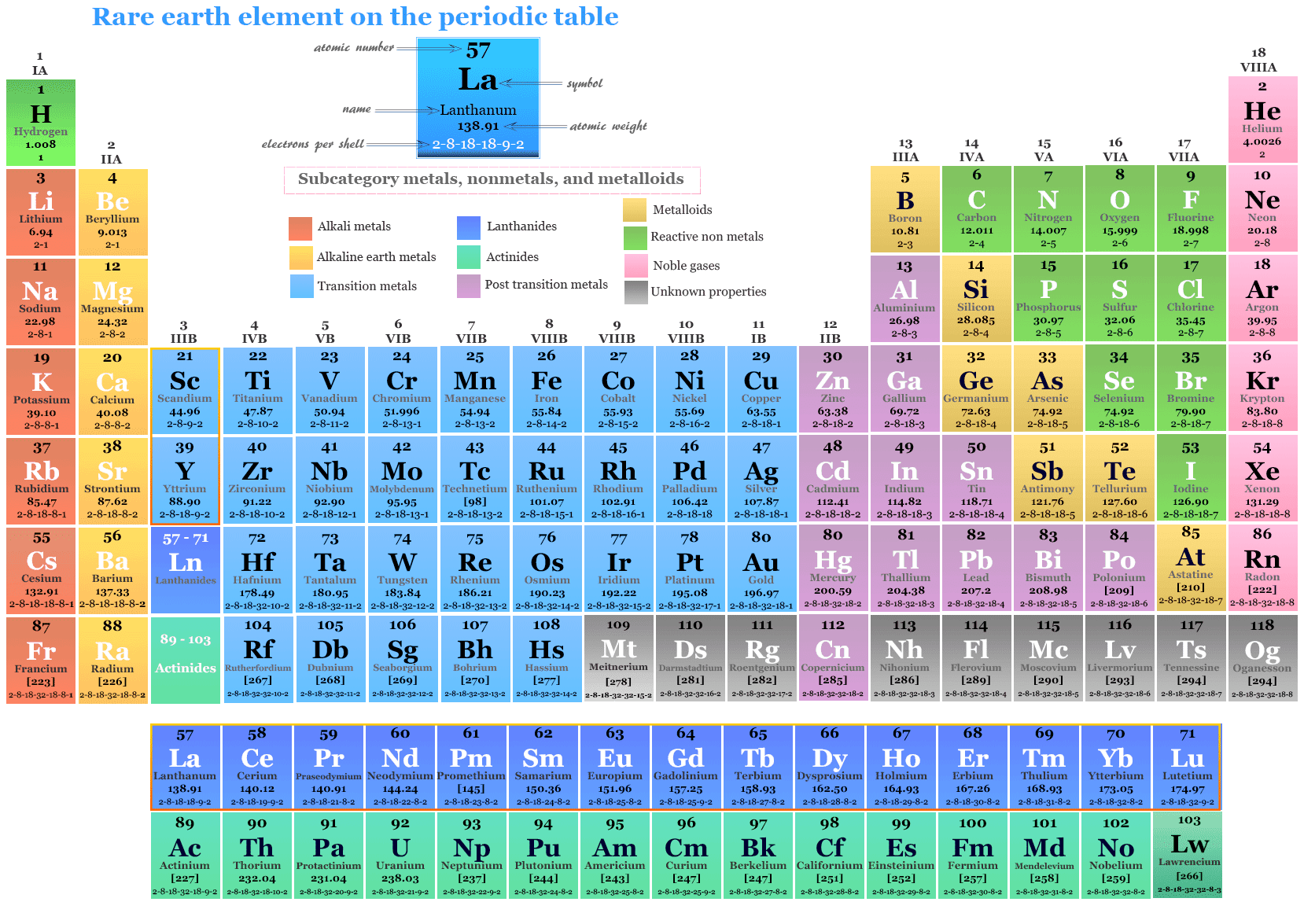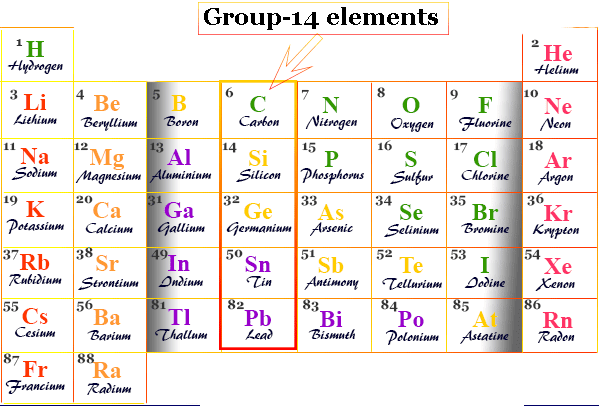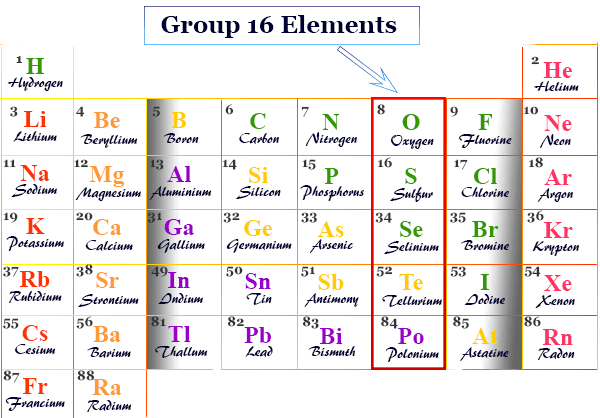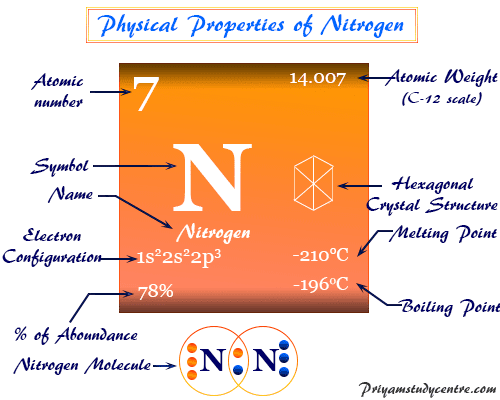Electrolytes are the substance in electrochemistry which dissolved in water and dissociate cations and anions during the electrolysis. Acids, bases, and salts in the state of solution or fused state conduct electricity by the transfer of electrons are called electrolytes. The decomposition of electrolytes due to the passage of electricity is called electrolysis. The current usually enter or leaves the electrolytes through some rods or strips of metal is called an electrode.
Strong electrolyte examples
The extent or degree of dissociation of different electrolytes is different. Strong electrolytes dissociate completely and render the solution in water highly conducting are called strong electrolytes. All salts, mineral acids like sulfuric acid (H2SO4), nitric acid (HNO3), hydrochloric acid (HCl), and bases like sodium hydroxide (NaOH) and potassium hydroxide (KOH) dissociate practically in water solution are called strong electrolytes. The conductance of such acids and bases is very high and called strong acids and bases.
Weak Electrolytes Examples
On other hand, there are many substances that dissociate only to a small extent in water solution. The solution of such electrolytes has very low conductance properties or power. Such substances are called weak electrolytes. The carboxylic acids, phenols, alcohols, and some inorganic acids like hydrocyanic acid (HCN), boric acid (H3BO3), and bases like ammonia (NH3), amines are examples of weak electrolytes.
Electrical conductivity of solvents
This idea about strong and weak electrolytes is quantitative only. There are some electrolytes, such as trichloroacetic acid solution are exhibiting intermediate behavior. In deciding the nature of strong and weak electrolytes, we consider water solution as a solvent. It must be remembered that the nature of solvent plays an important role in the degree of dissociation of dissolved substances. Generally, the higher the dielectric constant of the solvent, the greater is the chance of dissociation. Besides the dielectric constant of the solvent, there are other factors like hydrogen bonding that play an important role to describe electrolytes.






